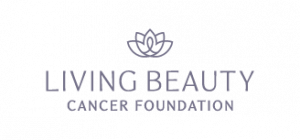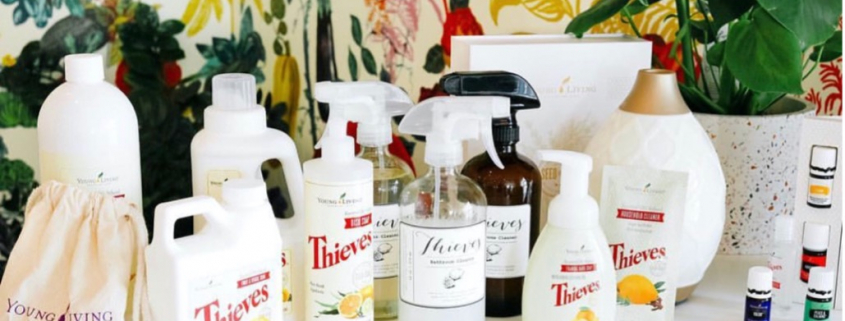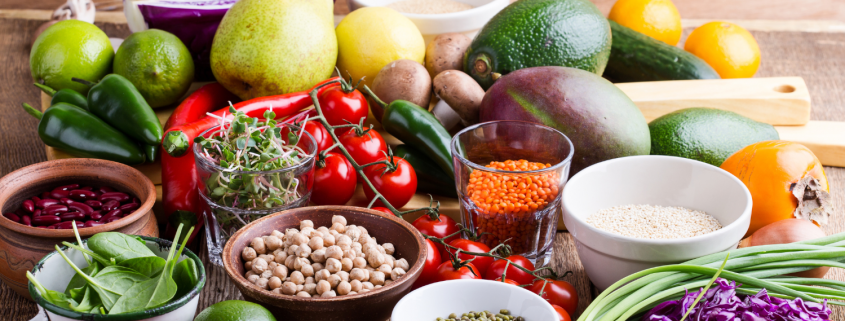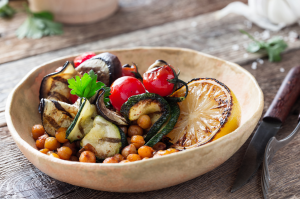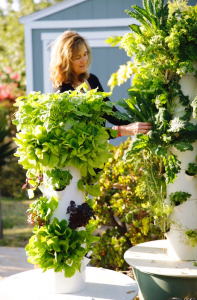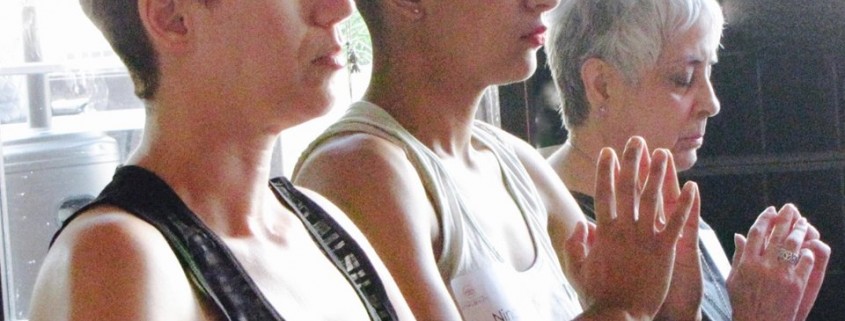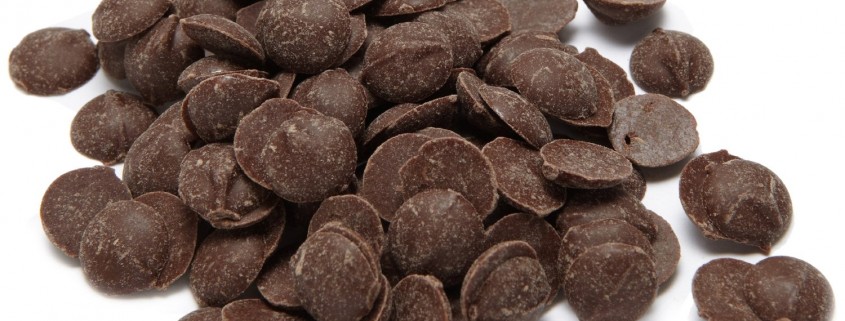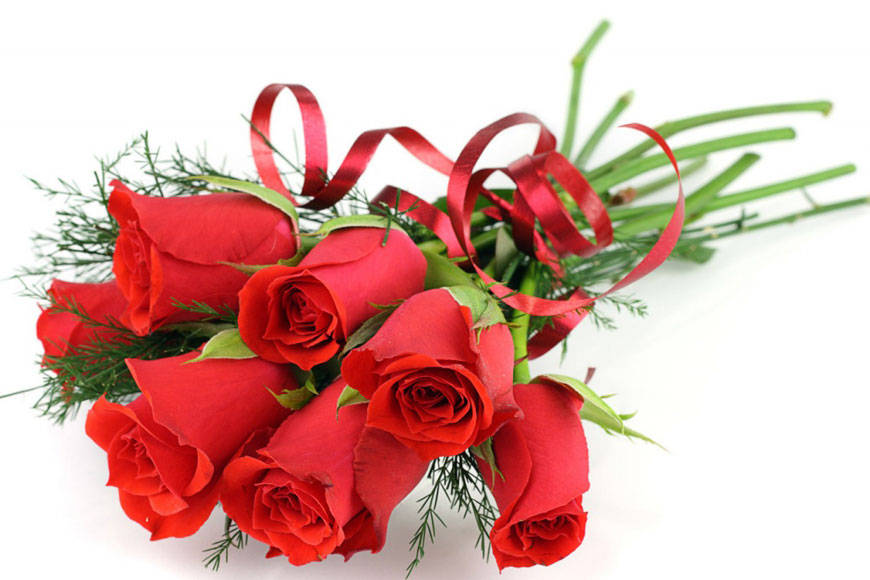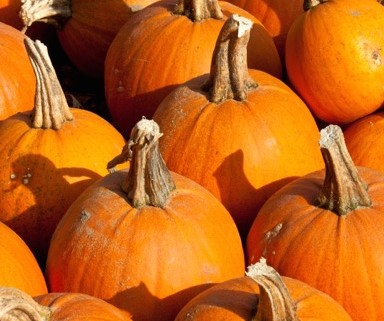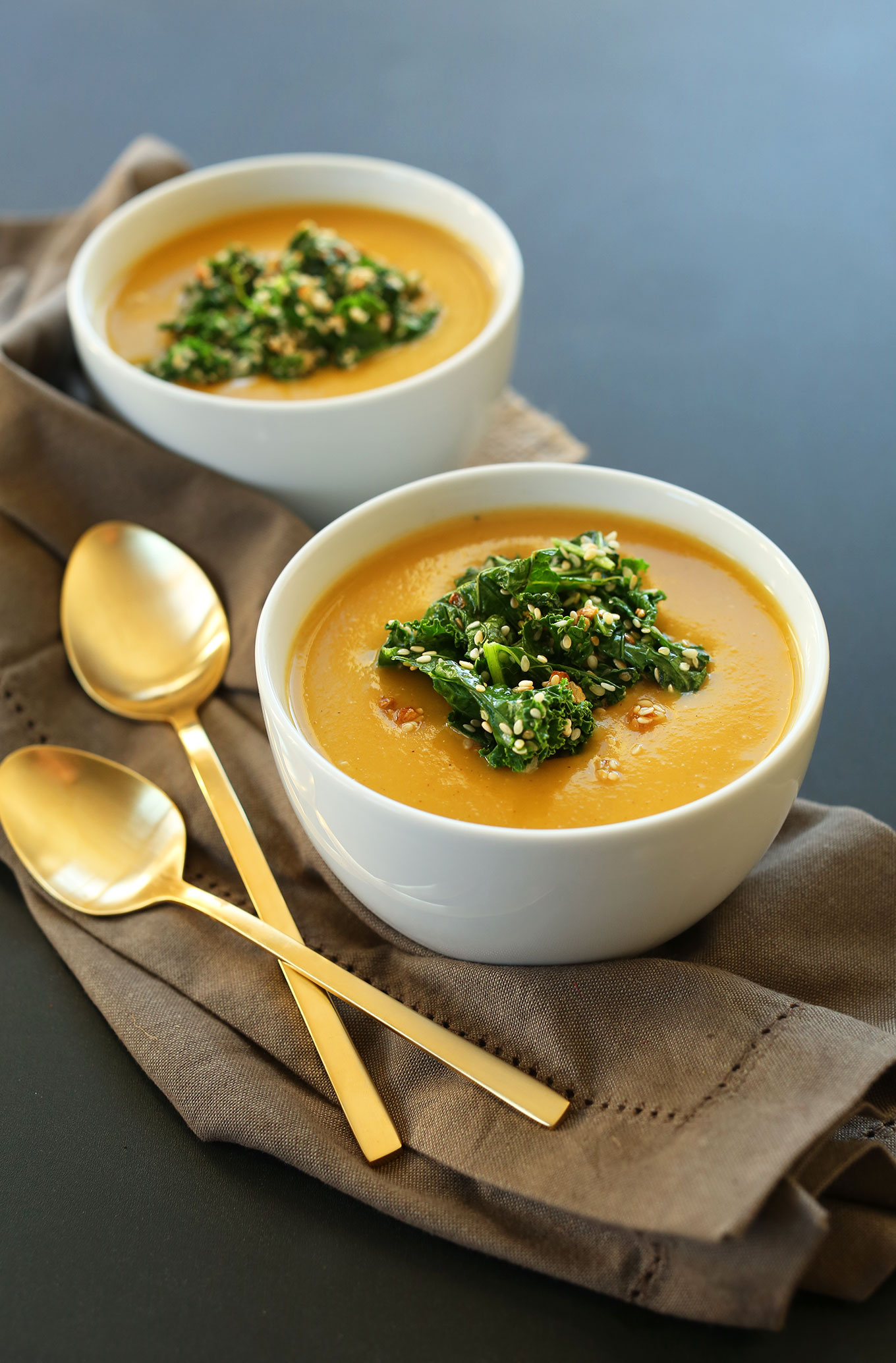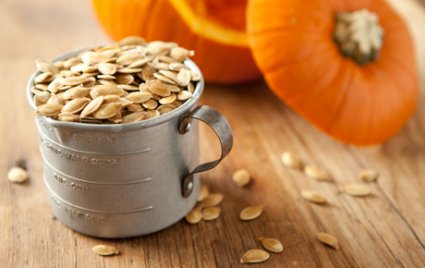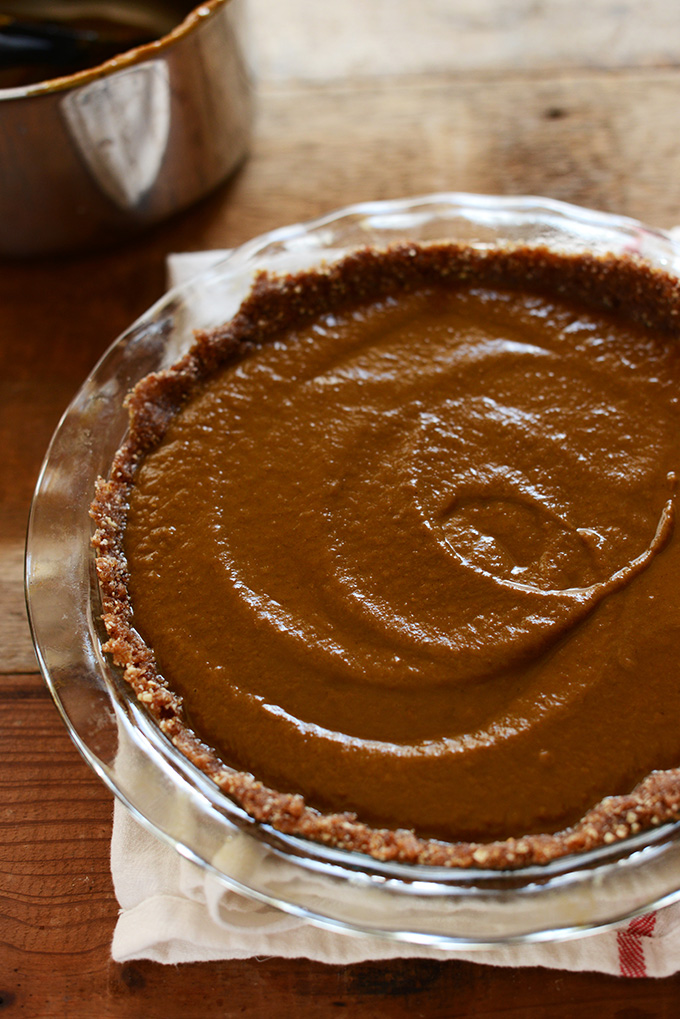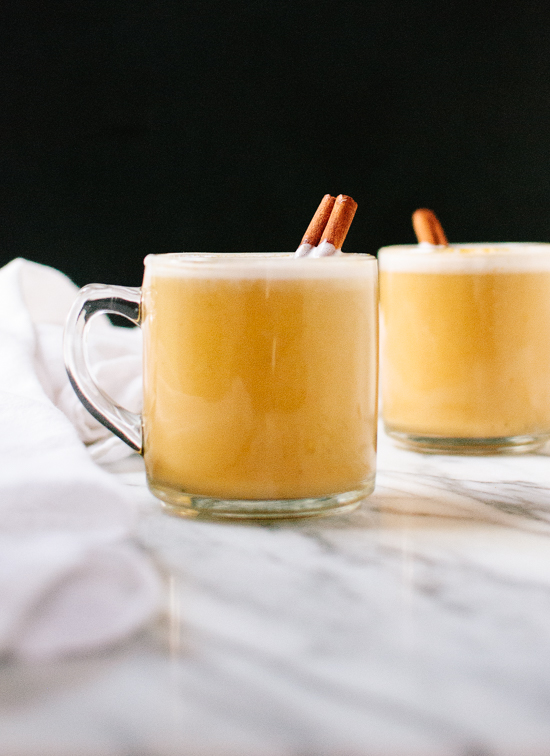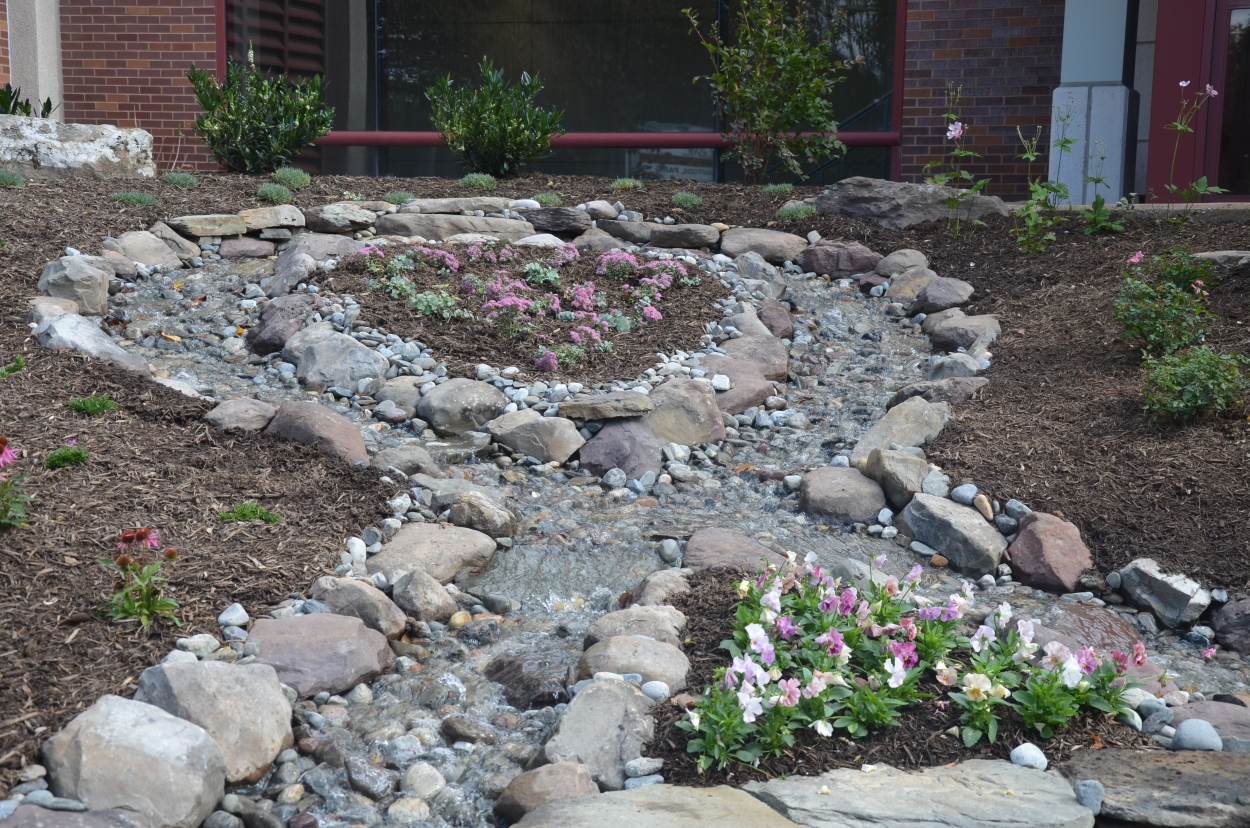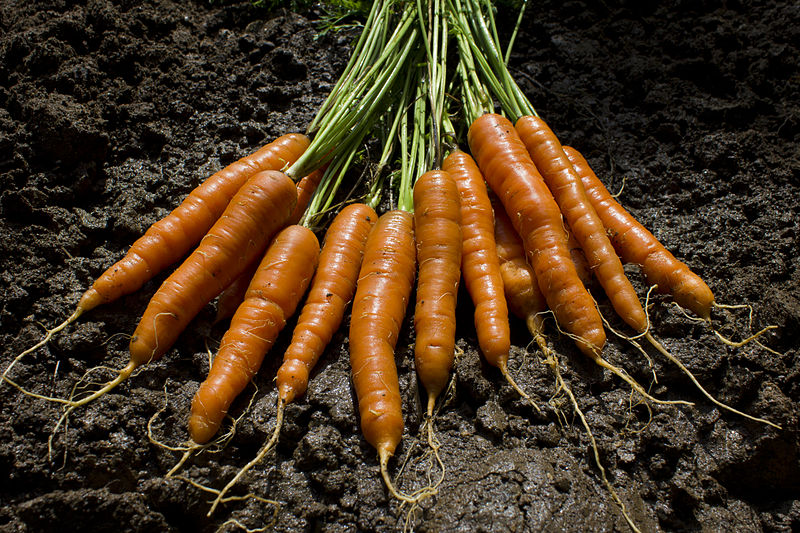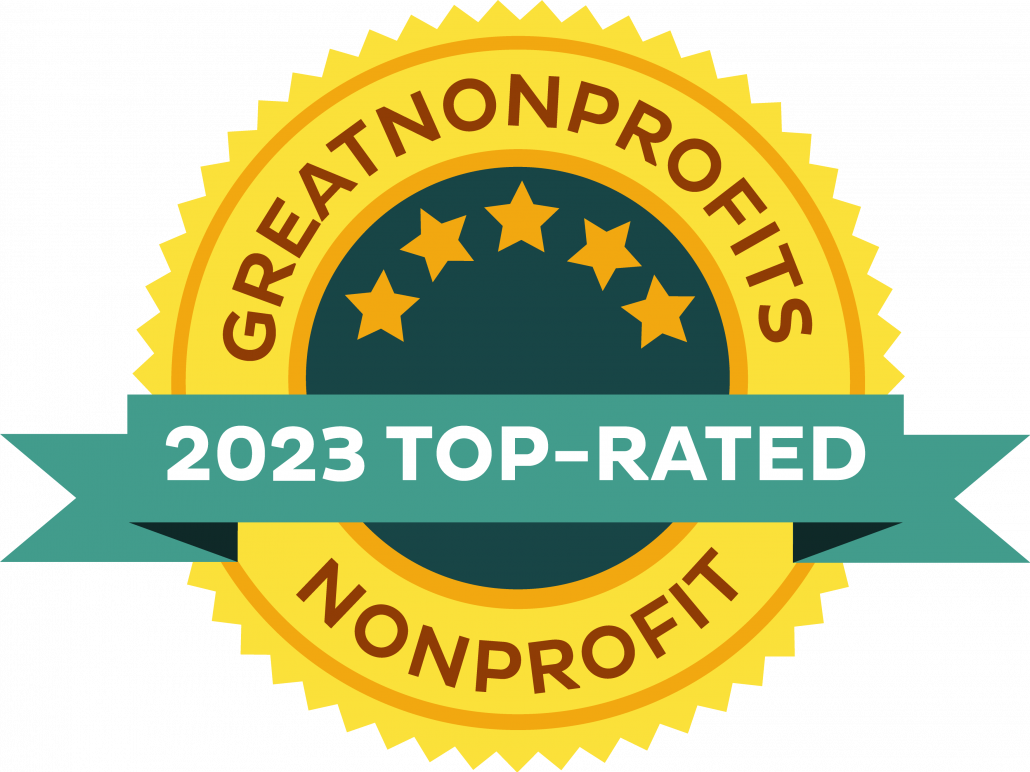Transforming Your Home in Easy Ways
Transforming Your Home in Easy Ways
By Hillary Lefebvre
Fall is knocking on the door and it’s almost time for leaves falling, sweater weather (hopefully we get them sooner rather than later in So Cal!) and crisp cool days. Several years ago, you would have found me in the candle and soap aisles buying up all the fall scents to make my house smell like pumpkin spice and everything nice. I’ve learned a lot though since then and am here to share, help and empower you to make the best choices for you and your family too.
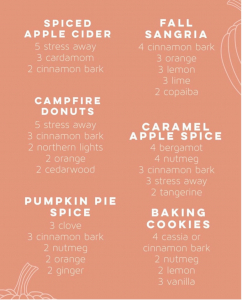
When I had my first child 10 years ago, I started looking at labels and safeguarding my family from toxins. I read and read and read. Researched about “clean” products and discovered that some name brands who claim to be green because of the way they were marketed aren’t actually clean! Ugh, can’t they just be honest?? But I came to understand that we are the gatekeepers of our homes. No one else! We have to do a little more than believing what’s on the surface. Many products on the shelves today contain a ton of toxic ingredients regardless of how pretty the label is or what they claim to be. And toxic overload accumulated in our bodies over time causing lethargy, inability to focus, sleep trouble, chronic inflammation, unexplained pain, fibromyalgia, skin issues, adult acne, hormone imbalance, hot flashes, stress, anxiety, and fear. If you face any of these issues, it’s time to kick chemicals to the curb.
You’ll want to say adios to anything with:
Fragrance (biggest offender! This word is the umbrella for thousands of toxins!)
Sodium Lauryl Sulfate
Laureth
Methylisothiazolinone
Sodium hypochlorite
Ammonium Chloride
Sodium hydroxide
Surfactants
Parabens
Phthalates
PEG’s (polyethylene glycols),
Propylene Glycol
SLS/SLES
Easy button – download the Environmental Working Group app to look up products, ingredients and scores!
Now for some good news…many companies are doing their best to make products that are actually safe for us! So, after digging some more, I found our favorites! We have now been using Young Living Essential Oils for 7 years now for most of our cleaning products and household necessities. They send us a box that we customize each month with anything we need. So easy! Here is the full breakdown of how we use these products to clean our house.
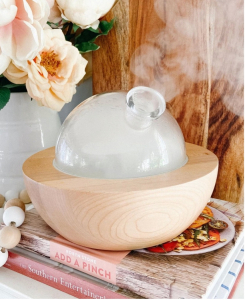
We have a diffuser running 24/7 to recreate my favorite seasonal smells and we use Thieves Household Cleaner to clean the entire house! Literally – the whole house. It is infused with essential oils and all plant based. And to answer the question everyone asks…yes, it really works! In fact, here is an amazing video of how well it does.
There are some very easy swaps we can all make in our homes to eliminate a lot of the toxic load our bodies accumulate each and every day!
Here are my top 10 things to ditch and switch:
- Swap your candles and air fresheners for a diffuser + essential oils (my favorites are from Young Living)
- Swap your chemical cleaning supplies with Thieves Cleaner (one bottle for the whole house!)
- Swap your dryer sheets for wool dryer balls (grab a pack at Trader Joe’s or on Amazon; look for organic New Zealand wool)
- Swap your hand soap and dish soap for my fave Lushious Lemon Hand soap and Thieves Dish Soap
- Swap your laundry detergent for Thieves Laundry Detergent
- Swap your hand sanitizer for Thieves Hand Sanitizer
- Swap your makeup for Savvy Minerals or Beauty Counter
- Swap your sunscreen for one free of parabens, phthalates, PEG’s (polyethylene glycols), propylene glycol, and SLS/SLES
- Swap your deodorant for something free from fragrance, parabens, triclosan, phthalates, propylene glycol and aluminum
- Swap your shampoo/conditioner for ones from fragrance, sulfates, parabens, PEG, Diethanolamine (DEA) and Triethanolamine (TEA), color, Dimethicone, Retinyl Palmitate
I know that this may seem overwhelming to read all at once but trust me when I say, baby steps and grace. Choose one at a time or go full throttle and do it all at once. Go at your own pace.
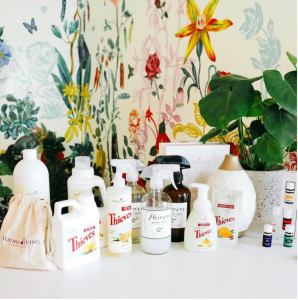
You can buy Thieves Cleaner and any of the other products I listed above at wholesale by heading here.
Remember, YOU are the gatekeeper of your home! Let’s transform it!
xo Hillary Lefebvre
https://thewellandgoodcollective.com/hillary-lefebvre/
